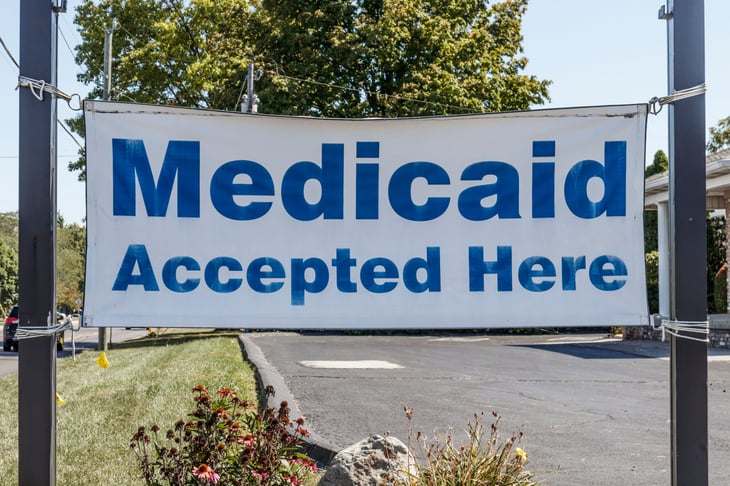
People who are new to the Medicare system are sometimes shocked to learn that Medicare isn’t free.
In fact, health care is the third-biggest type of expense, after housing and transportation, for U.S. households led by someone who is 65 or older, according to the U.S. Bureau of Labor Statistics. These households spend around $7,000 per year on health care, on average.
Finding ways to cut your Medicare health care costs puts some of that money back in your pocket.
One approach that yields results is comparison shopping during open enrollment. Medicare’s annual fall open enrollment period is always Oct. 15 to Dec. 7. The Medicare Advantage open enrollment period is always Jan. 1 to March 31.
There are other common-sense tactics for health care savings — things like negotiating fees where possible and switching to generic drugs. We have more in “7 Ways Anyone Can Cut Their Health Care Costs.”
But when it comes to Medicare, cutting costs requires extra attention. In the following, we’ve got strategies and programs you may not know of, some open to everyone, others for people on limited incomes.
1. Medigap plans

There are two main types of Medicare:
- Original Medicare, the traditional, fee-for-service health care coverage that you buy directly from the federal government
- Medicare Advantage plans, which are alternative, all-in-one plans offered by private insurers approved by the federal Medicare program
People with Original Medicare have the option to buy a Medicare supplemental insurance plan, also known as a Medigap plan. Medigap is private insurance that helps pay for expenses that Original Medicare does not cover.
Note that if you choose a Medigap plan when you first sign up for Medicare, any pre-existing conditions you have can’t be held against you. If you go with a Medicare Advantage plan or drop Medigap coverage later to enroll in Medicare Advantage, you’ll lose that protection, should you decide to get a Medigap plan later on.
Learn more in “How to Pick the Best Medicare Supplement Plan in 4 Steps.”
2. Part D drug plans

People with Original Medicare can also buy a stand-alone prescription drug plan, also known as a Medicare Part D plan, if they want help paying for prescription drugs.
If you choose a Medicare Advantage plan instead of Original Medicare, your plan likely will include drug coverage — the vast majority of Medicare Advantage plans do.
Learn how to shop around for a Part D prescription drug plan by reading “How to Save Hundreds of Dollars on Medicare Drug Costs.”
3. Medicaid program

Medicaid is a health insurance program for the very poor offered jointly by the federal government and the states.
Medicaid helps people with low incomes by covering some of their medical costs. That can include paying for some expenses that Medicare doesn’t cover — nursing home care, for one.
Each state has its rules for who is eligible and how to apply. Contact your state Medicaid agency to learn about coverage and eligibility.
4. Program of All-Inclusive Care for the Elderly (PACE)

PACE is a joint program of Medicare and Medicaid. It helps older people who need nursing home-level care to get that care at home instead of moving into nursing homes or care facilities.
To qualify, the National PACE Association says, you must live in a PACE service area, be 55 or older and be certified by your state to need a nursing home-level of care.
PACE services can include transportation, dentistry, home care, hospital care, meals and prescription drugs, among others.
The program does not charge deductibles or copays for approved services, care or medicine. Medicare recipients are charged a monthly premium for PACE long-term care and a monthly premium for Medicare Part D drugs, however. Medicare recipients who also have Medicaid typically don’t pay premiums for PACE long-term care.
Visit Medicare.gov/PACE to find out if the program is available where you live and whether you are eligible.
5. Medicare savings programs

Medicare savings programs help with the cost of Medicare premiums and sometimes also deductibles, coinsurance and copayments. Income limits apply, with each of the four Medicare savings programs having different limits.
Visit Medicare.gov’s “Medicare Savings Programs” page to learn more about coverage or eligibility.
6. Extra Help program

This Medicare program helps beneficiaries with limited incomes cover prescription drug costs.
You automatically qualify for the Extra Help program if you have Medicare prescription drug coverage and one of the following applies:
- You have full Medicaid coverage.
- You get help from a Medicare savings program.
- You receive Supplemental Security Income (SSI) benefits from the Social Security Administration.
Check Extra Help income limits and how to apply.
